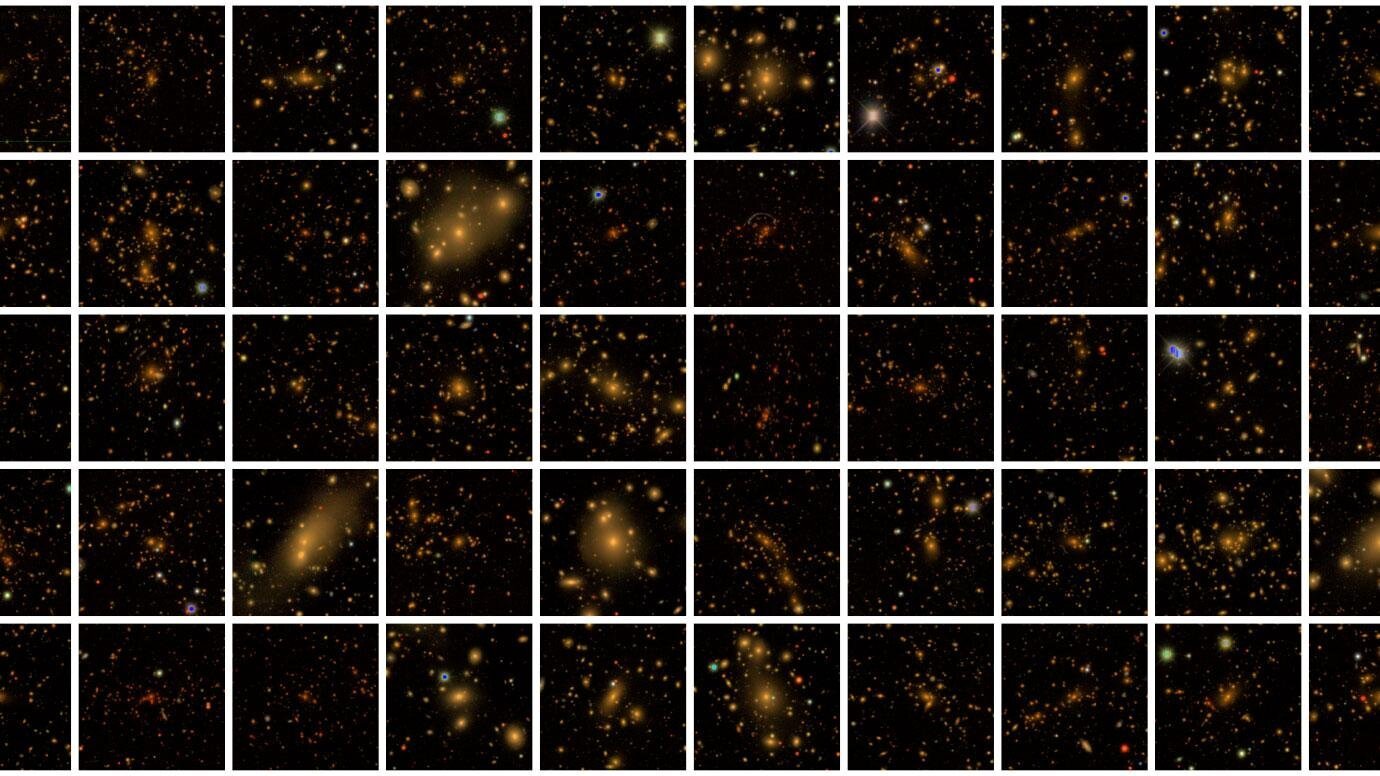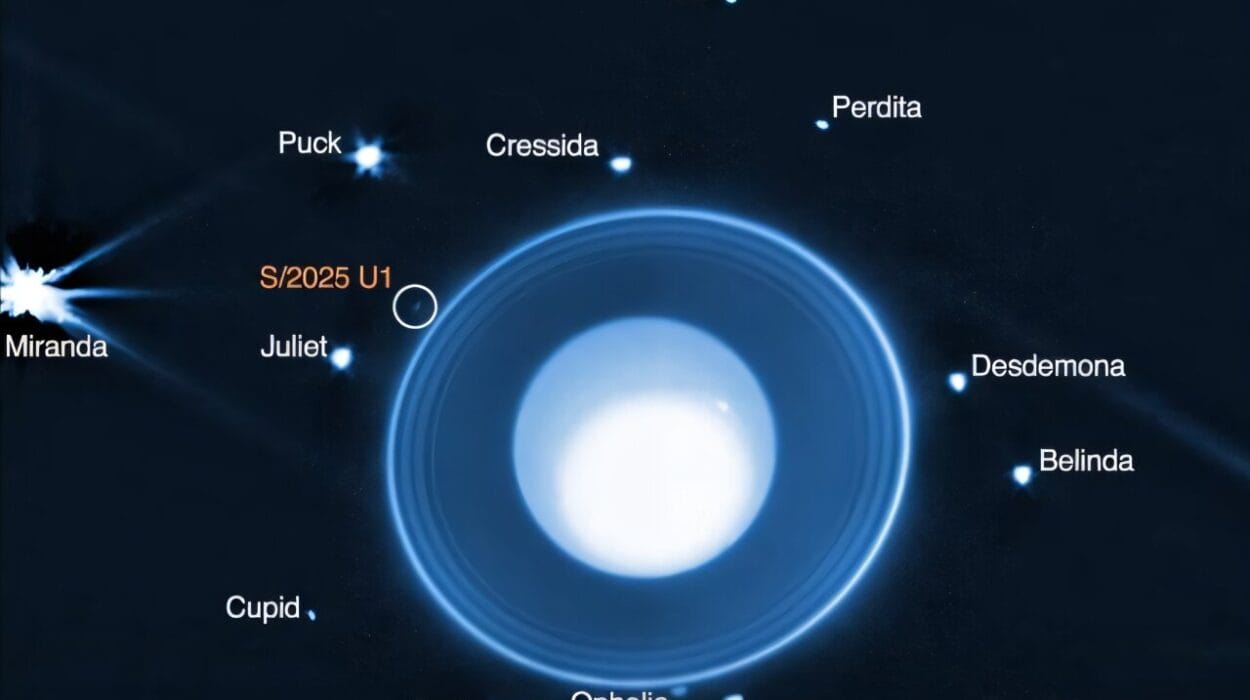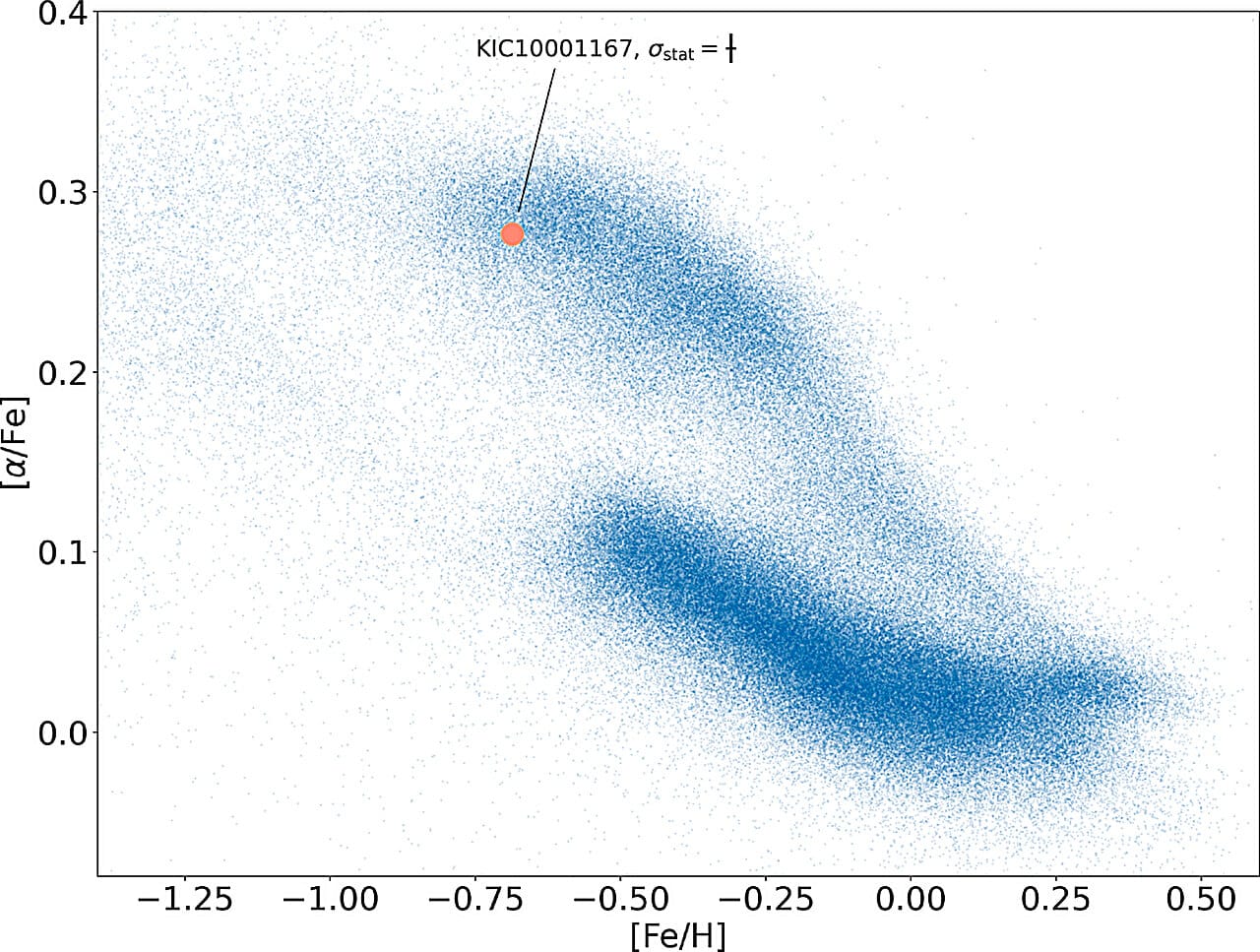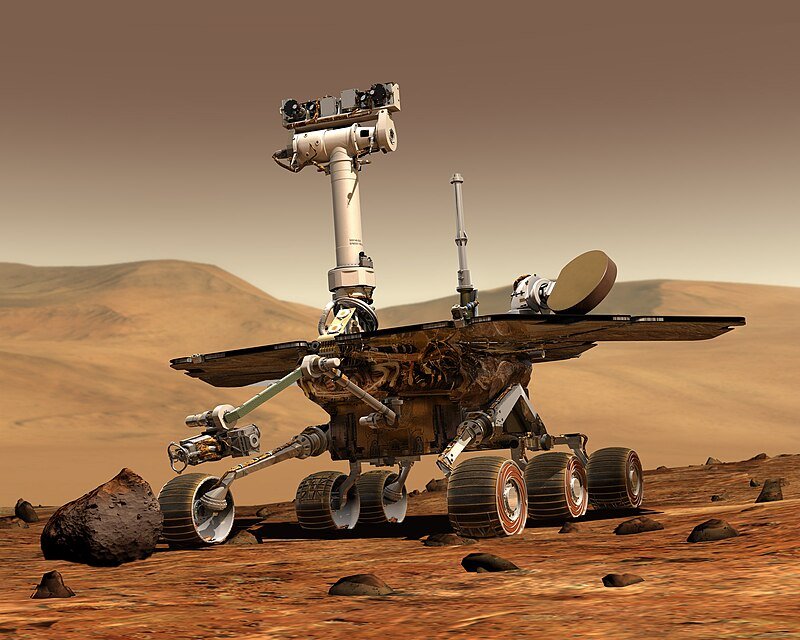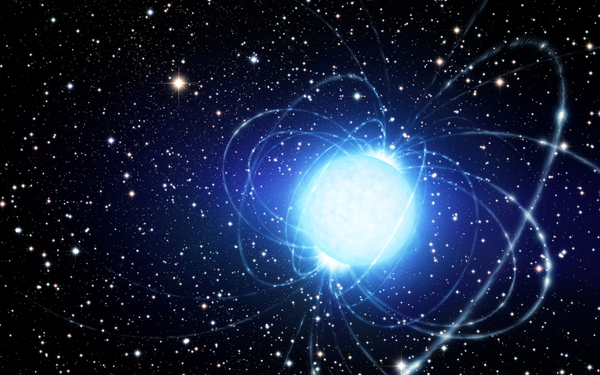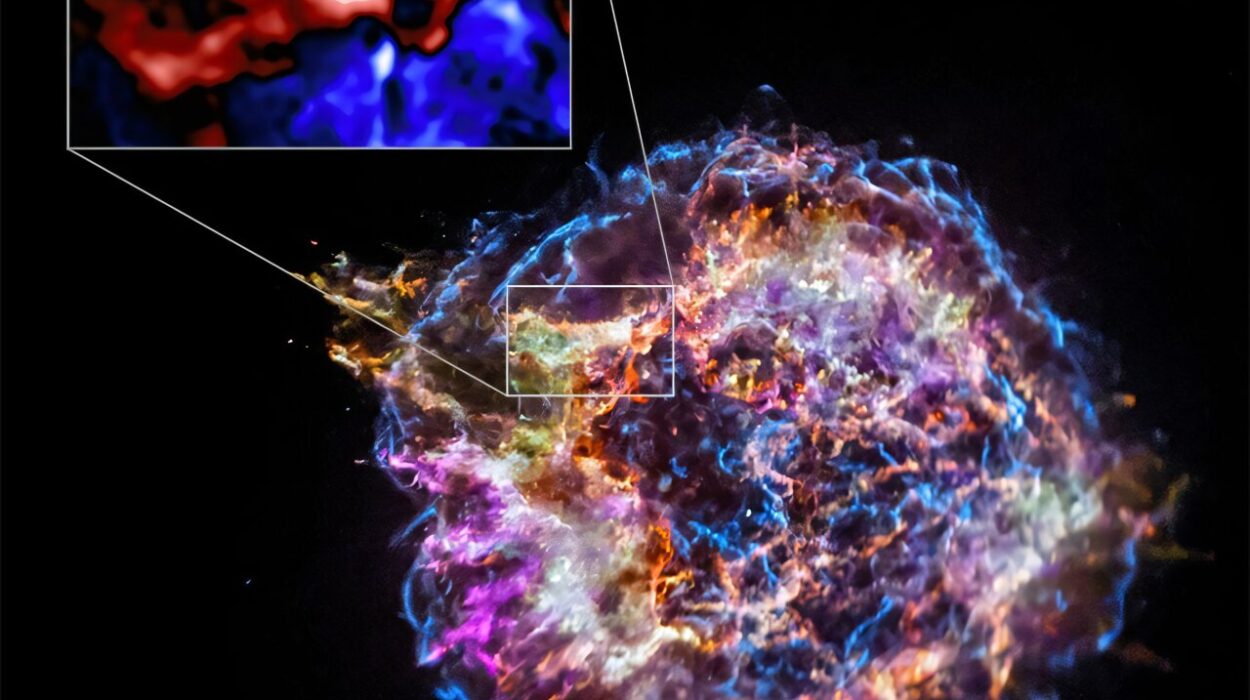High above the dry mountain ranges of Chile, where the air is thin and the stars blaze with unfiltered light, scientists have been quietly redrawing the map of the universe. Using data from the Dark Energy Survey, a massive six-year project that scanned the night sky with exquisite precision, researchers from the University of Chicago have charted one of the most comprehensive cosmic atlases ever made—a vast catalog of galaxy clusters, the largest known structures in the cosmos.
Their findings, recently shared on the arXiv preprint server, do more than simply chart distant galaxies. They serve as a cosmic test—an experiment on the grandest possible scale—to examine the very laws that govern space, time, and existence itself.
The Universe in Clusters
To grasp the magnitude of this work, imagine zooming out from Earth. First past the blue sphere of our planet, then beyond the familiar spirals of the Milky Way, and farther still into the realm of intergalactic space. You would see that galaxies are not scattered randomly. They gather in families, bound together by gravity into clusters—cities of galaxies, each cluster containing hundreds or even thousands of individual galaxies swirling around a common center.
These clusters are the cosmic giants of the universe, some stretching across tens of millions of light-years. They are both relics of the universe’s past and laboratories for its future. By studying how they form, move, and group together, scientists can test fundamental theories of cosmology—how the universe began, what it’s made of, and how it’s evolving.
A Glimpse Into the Early Cosmos
The Dark Energy Survey (DES), led by Fermi National Accelerator Laboratory, observed the southern skies from the Cerro Tololo Inter-American Observatory in Chile. Over six years, the telescope captured hundreds of millions of galaxies, mapping an enormous section of the universe.
From this cosmic treasure trove, researchers measured the number and distribution of galaxy clusters—a delicate census that can reveal how the universe’s structure has evolved since the Big Bang. By comparing the density and spread of these clusters to theoretical models, scientists can test whether our current understanding of physics truly describes reality.
The model they are testing is the Lambda-CDM model, often considered the “standard model” of cosmology. It describes a universe dominated by dark energy (the mysterious force driving cosmic expansion) and cold dark matter (the unseen mass that provides structure).
Cracks in the Cosmic Model?
For years, whispers of inconsistency have haunted the Lambda-CDM model. Different experiments—particularly those involving gravitational lensing and the cosmic microwave background—seemed to produce slightly different results about how “clumpy” the universe is. This discrepancy, called the S8 tension, suggested that our universe might be less structured today than the Lambda-CDM model predicts.
If that were true, it could mean that our entire framework for understanding the cosmos needs revising—a thrilling and unsettling possibility.
But the new DES analysis, led by Chun-Hao To, an Eric and Wendy Schmidt AI in Science Postdoctoral Fellow at the University of Chicago, finds no such cracks. “Our results find that the Lambda-CDM model describes the observable universe well,” To said.
In other words, the universe appears to be behaving exactly as our best models predict. For now, the cosmos keeps its secrets—but it remains consistent with the laws we think we understand.
The Challenge of Measuring the Unmeasurable
Galaxy clusters may be huge, but they’re not easy to study. Many lie billions of light-years away, faint smudges of light that blur into the darkness. Others hide behind nearer clusters or cosmic dust, making them difficult to count accurately.
“Because clusters are such a sensitive measuring stick, if we tallied fewer clusters, for example, we would conclude a different amount of dark matter in the universe,” explained Chihway Chang, an associate professor of astronomy and astrophysics at UChicago and a senior author of the study.
The team faced countless challenges: overlapping clusters, uncertain distances, and the invisible influence of dark matter bending light in strange ways. But through careful analysis and statistical modeling, they refined their methods to account for these complexities. The result was a more reliable and detailed measurement of the universe’s large-scale structure than ever before.
What the Universe’s “Clumpiness” Reveals
The term S8 might sound like a technical curiosity, but it lies at the heart of modern cosmology. S8 measures how “clumpy” matter is throughout the universe—how tightly galaxies and clusters gather together. A higher S8 means a lumpier universe; a lower S8 means a smoother one.
In previous experiments, S8 values measured through weak gravitational lensing appeared lower than predictions from early-universe observations, like the cosmic microwave background radiation left over from the Big Bang. This created tension between past and present—a hint that something might have shifted in the laws of the cosmos.
The new galaxy cluster analysis, however, aligns the numbers. The S8 value derived from these massive clusters matches the predictions from the early universe, suggesting harmony rather than discord.
“This approach of using galaxy clusters as a test of big cosmological questions is somewhat independent from other measurements,” Chang said. “If different methods point to the same answer, it makes that conclusion more likely to be true.”
A Universe of Invisible Forces
Behind these measurements lurk the most mysterious forces in nature—dark matter and dark energy.
Dark matter, though invisible, exerts a powerful gravitational pull, holding galaxies and clusters together. Without it, the universe’s visible matter would scatter into emptiness. Dark energy, on the other hand, pushes galaxies apart, driving the universe’s accelerating expansion.
By studying galaxy clusters, scientists can watch the silent tug-of-war between these two unseen giants. Because clusters are so massive, their behavior magnifies the subtle effects of dark matter and dark energy, providing a natural experiment on a cosmic scale.
Each new cluster mapped brings us closer to understanding what these forces truly are—and why they dominate our universe.
Charting the Next Cosmic Frontier
This study is not the end of the journey—it’s the beginning of a new era. The methods pioneered by To, Chang, and their team set the stage for the next generation of cosmic exploration.
In the coming years, powerful telescopes such as the Vera C. Rubin Observatory’s Legacy Survey of Space and Time (LSST) and NASA’s Nancy Grace Roman Space Telescope will take up the mantle. They will capture deeper, sharper, and wider views of the universe than ever before, revealing millions more galaxy clusters across billions of light-years.
Each new observation will refine our understanding of cosmic evolution and could potentially uncover the subtle fingerprints of new physics.
“We’re glad to demonstrate an analysis scheme that provides us with a different angle on the universe,” To said. His words carry both scientific precision and a sense of awe—because in mapping these clusters, scientists are, in essence, mapping the bones of the cosmos itself.
Seeing Ourselves in the Cosmos
It’s easy to feel small when contemplating galaxy clusters that stretch across the heavens. Yet, there’s something profoundly human in the effort to understand them. Each data point represents years of curiosity, ingenuity, and persistence. Each image of a distant cluster is a snapshot from billions of years ago, when the universe was still young.
To study these immense structures is to reach across time—to listen to the echoes of creation itself. We are creatures made of stardust, trying to trace our origins through the cosmic web that connects all things.
The new study from the Dark Energy Survey doesn’t just validate our cosmological models—it reaffirms humanity’s enduring quest to understand the universe, not as something distant and cold, but as a living story that we are part of.
The Universe, Still Unfolding
Every new discovery deepens both our knowledge and our mystery. The Lambda-CDM model remains strong, but it’s not the final word. The cosmos is vast, and its secrets are far from exhausted. Somewhere in those immense, shimmering clusters, there may yet be surprises waiting to challenge our understanding once again.
For now, though, this new map of the universe stands as a triumph—a testament to human curiosity and the power of collaboration. Through the faint light of ancient galaxies, scientists continue to draw a picture of the universe that is as elegant as it is humbling.
We are, as Carl Sagan once said, a way for the cosmos to know itself. And with each new discovery—each cluster counted, each equation refined—we bring the universe a little closer to understanding its own reflection.
More information: Chun-Hao To et al, Dark Energy Survey: Modeling strategy for multiprobe cluster cosmology and validation for the Full Six-year Dataset, arXiv (2025). DOI: 10.48550/arxiv.2503.13631
